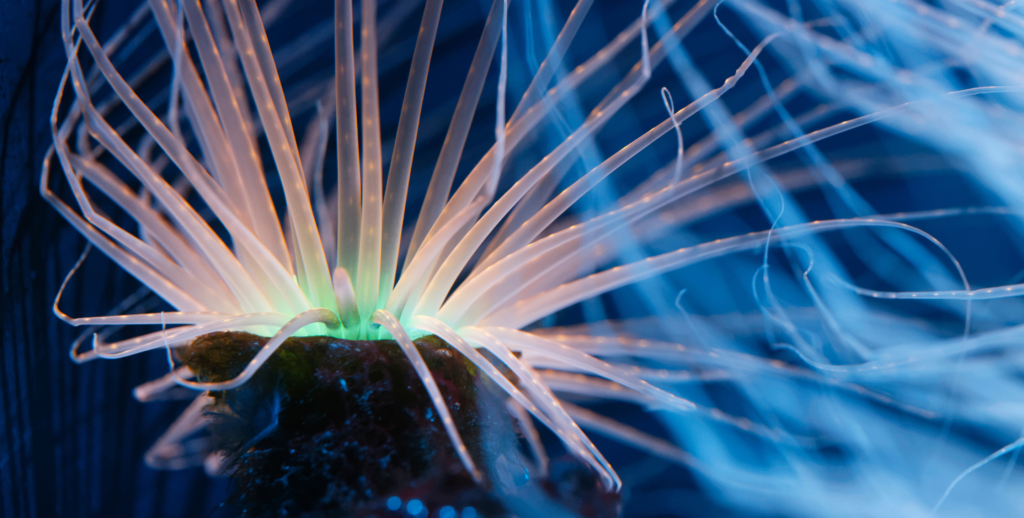Bhilangana III Hydro Power Project: how 24 MW destroy 14 villages
The 24 MW Bhilangana – III Hydro Power Project is currently being established at the Bhilangana river, the tributaries of Bhagirathi River in the Tehri District in the State of Uttarakhand and has applied for CDM in January 2008. Further to some alarming hints by NGOs in Delhi, we visited the dam area. The findings …
Read more “Bhilangana III Hydro Power Project: how 24 MW destroy 14 villages”

